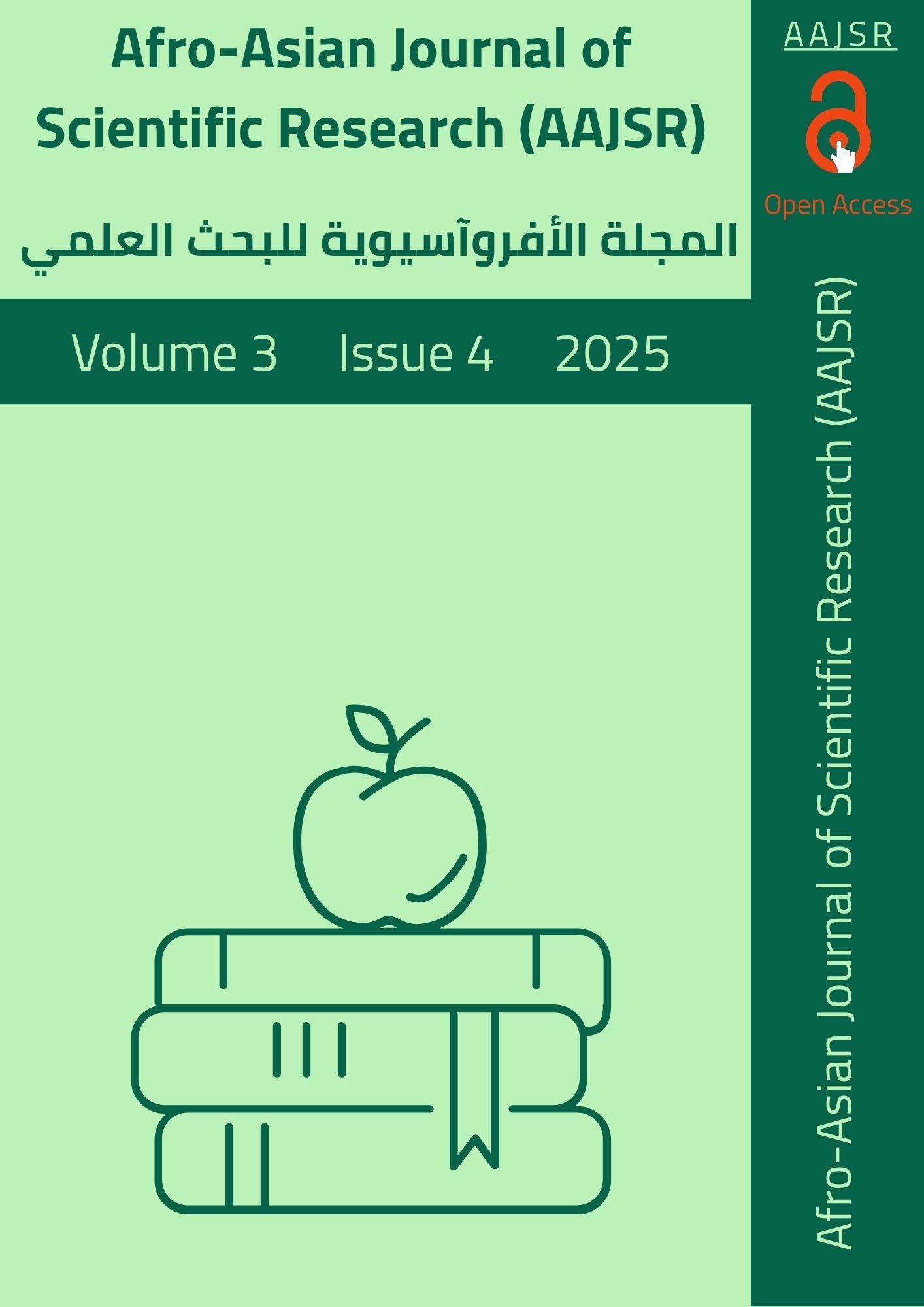Isolation and Identification of Fungal Species Associated with the Skin and Gills of Siganus rivulatus (Forsskal, 1775)
Keywords:
Siganus rivulatus, Fungal isolation, Aspergillus niger, Penicillium spp, Aquatic Mycology, LibyaAbstract
This study aimed to isolate and identify fungal species associated with the skin and gills of Siganus rivulatus (Forsskal, 1775) collected from the Qaminis region, west of Benghazi, Libya. Thirty (n = 30) specimens were examined to determine the prevalence and distribution of fungal infections. Samples were cultured on Sabouraud Dextrose Agar (SDA), and fungal isolates were identified based on morphological and microscopic characteristics. Fungal growth was detected in 39.31% of samples, with Aspergillus and Penicillium spp. representing the predominant genera. Skin infections (ecto-fungi) accounted for 67.2% of isolates, while gill infections (endo-fungi) represented 32.8%. Aspergillus niger was the most prevalent species, followed by Penicillium sp. The findings suggest that S. rivulatus may serve as a potential host for opportunistic fungal pathogens, highlighting the importance of routine mycological surveillance in marine and aquaculture environments.





